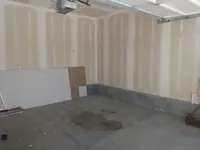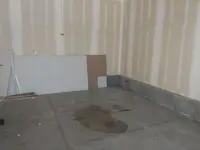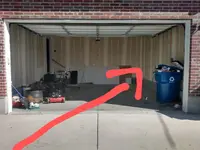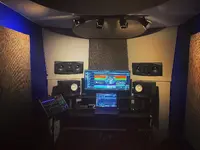ikemusiclive8
New member
I'm new and haven't built a home studio yet and need an at-home, garage studio easy but effective guide to follow.
Is it okay to setup my home studio and record in my garage? If so, what are your recommendations based on the photos I attached? Acoustics, considering the walls and ceiling,; reverb, etc. Not sure on all the specs? But overall, again, I would very much appreciate expert advice on how to tailor my garage studio to work?
Is it okay to setup my home studio and record in my garage? If so, what are your recommendations based on the photos I attached? Acoustics, considering the walls and ceiling,; reverb, etc. Not sure on all the specs? But overall, again, I would very much appreciate expert advice on how to tailor my garage studio to work?





